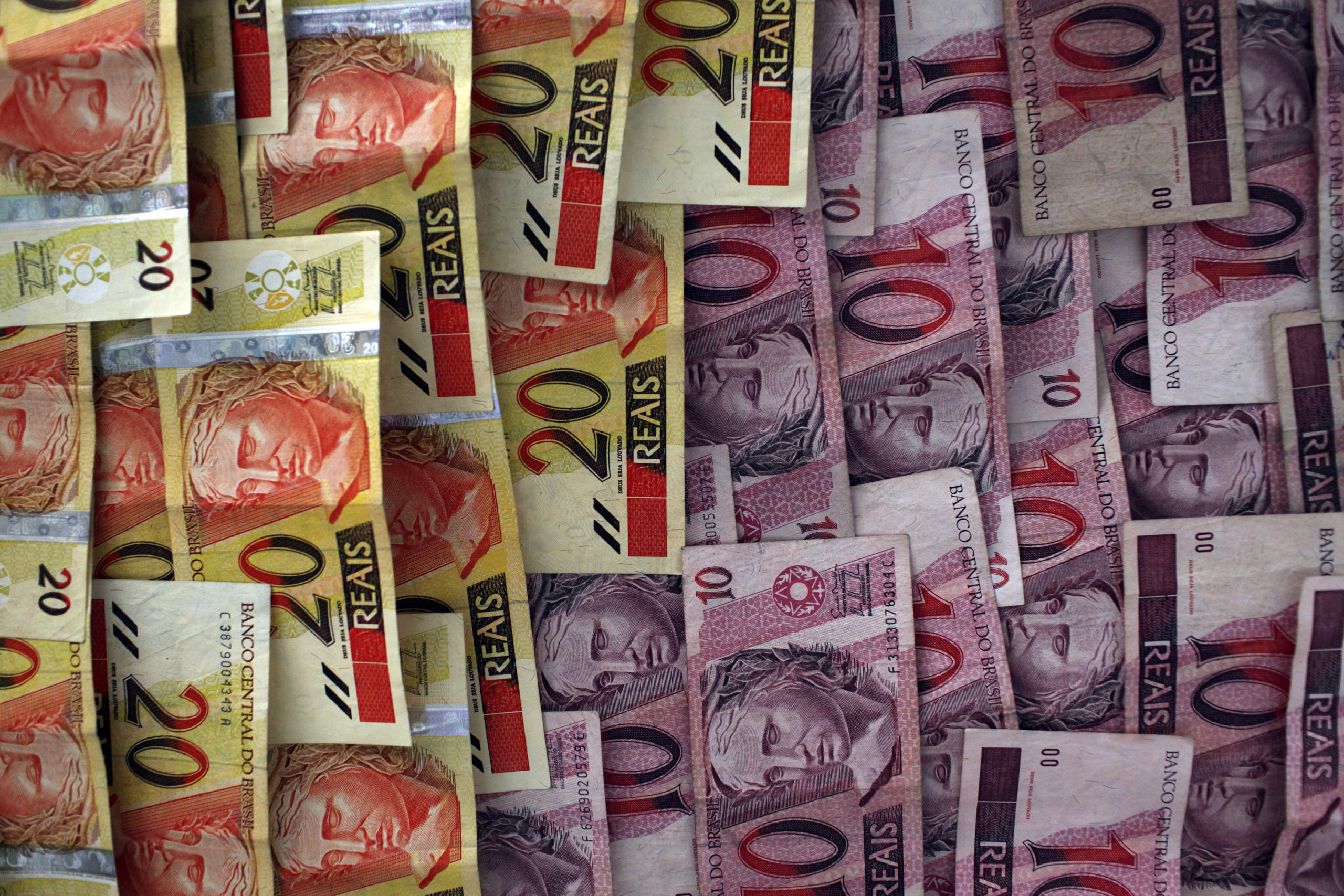RIO DE JANEIRO, BRAZIL – Brazil is on sale in the world. At the start of the month, a menu consisting of a simple meal, half a liter of beer and a cappuccino cost less in Brazil than in Bolivia. Among the 102 countries for which there are data, it is possible to have lunch paying less than here in only 10 countries.
This country became a bargain because its currency lost value against most others. It is true that the Brazilian currency Real increased slightly throughout September, but the question remains: does it make sense?

At a first glance it does, because the Real is freely negotiated. Moreover, attempts to identify market exaggerations do not often yield good results. The exchange rate fluctuates with expectations for erratic variables such as growth, inflation, interest rates, etc. The backdrop is the “narrative” of the trend that, in turn, can change overnight simply by a surprise from abroad, an unfortunate act of the executive or a slip of the Congress.
Thus, comparing the cost of living among countries does not help much in clarifying exchange fluctuations, but the exercise is always useful to distinguish exotic situations. We know that wealthier countries tend to be more expensive. In Switzerland, for instance, a set meal with beer and coffee costs almost R$220.00! In fact, 80 percent of international menu cost variations can be attributed to wage discrepancies.
That said, a Brazilian meal is cheap even when income is considered. At the beginning of September, the dollar should have dropped from R$5,40 to R$4,80 to harmonize our buying power with that of foreign tourists, considering the typical relation between the variables. The conclusion is the same if we use the Brazilian and US inflation rates to bring the past dollar exchange rates to current prices – the greenback has fluctuated around the same R$4,80 over the past 35 years.
How then to explain the flagrant weakening of the real? If there were perhaps a lack of interest for the products that Brazil exports, our money should be worth little. After all, the main reason for wanting other currencies is to use them to buy goods and services. Accordingly, when the world demands more iron ore and soybeans, the real strengthens and vice-versa. The problem with this is that the prices of our foreign sales have fluctuated at a level similar to that observed in recent years, well above the historical average.
In the specific case of the American currency, one must bear in mind that today it is generally expensive. Enjoying our reference snack in Mickey Mouse’s land weighs in the pockets of people from 88 nationalities, including those used to tearing up money when traveling, such as the Swedes and the Japanese. The dollar is undeniably expensive, but this fact also fails to explain the extent of Brazilians’ international shortage. If the historical pattern that links the American currency cycles to its exchange rate here would serve as a guide, we should pay R$4,60 to go to Disneyworld (also considering the prices of our exports and imports). If the dollar were neither expensive nor cheap in the world, it should cost something close to R$4,00.
Another reason that could make the public reject the Real would be the risk of some trouble in our external accounts. But this is not to the point. International reserves are enough to pay the country’s commitments and there’s still some change left. The annual deficit in transactions with the rest of the world has been dropping and it is currently at a comfortable level. Moreover, the very recent depreciation of the real has reduced the value of foreigners’ assets in Brazil – similar trends in the past preceded the strengthening of our currency.
Nor can we explain the puzzle by recalling that Brazil today practices civilized interest rates. It is true that the cost of betting against the real has declined sharply, with the magnitude of short-term price swings rising. In addition, lower interest rates encourage Brazilian savers to diversify their portfolios internationally. On the other hand, lower interest rates encourage investment and the currencies of countries with good growth prospects tend to strengthen. The effect of interest rates is ambiguous.
However, looking at this question a little further, perhaps the reason for the relative aversion to the real will emerge. The question is: is the government concerned with preserving the hard-earned stability achieved since the Real Plan? Interest fell in reaction to the orthodox economic policy reintroduced by Temer and, in propaganda, followed by Bolsonaro. Approvals of the “Debt Ceiling Law” and pension reform showed willingness to tackle the fiscal threat.
However, any belief that the former Army captain truly understands the existence of budget restrictions and would commit to promoting reform, has been tested by unfortunate statements and choices that suggest sinister similarities between the current government and its predecessor. It is not fitting here to teach an old politician how to explain “sad science” to the population, especially during a health tragedy, but statements like “I cannot take from the poor to give to the very poor” herald tragedies when they point to the idea of squaring the circle.
Many don’t remember ever seeing the country so close to the goal line, with tremendous economic potential produced by the combination of low interest rates and price stability. It would be enough for the government to proceed with minimal earnestness, playing the game the fans like, yet without challenging elementary arithmetic. Unfortunately, the season of populism and the festival of generosity with the taxpayer’s money calls for caution. It is impossible to foresee which last straw could break the camel’s back. The exchange rate, however, is often an indicator of disaster, like the traditional canary in a coal mine.
Source: Exame

